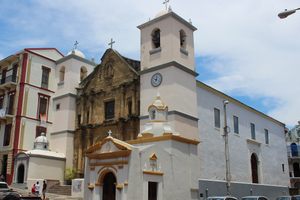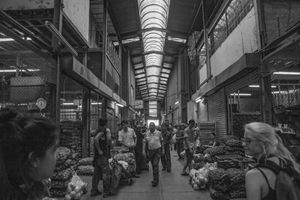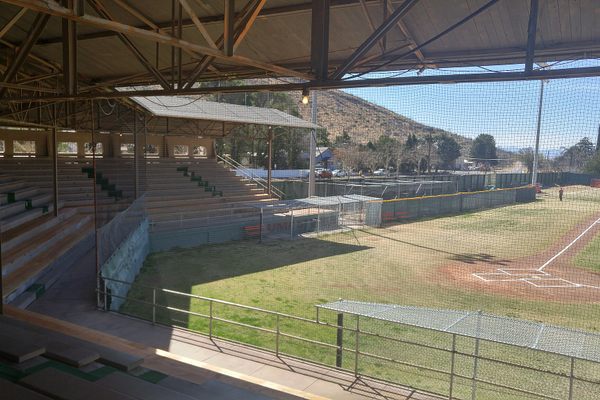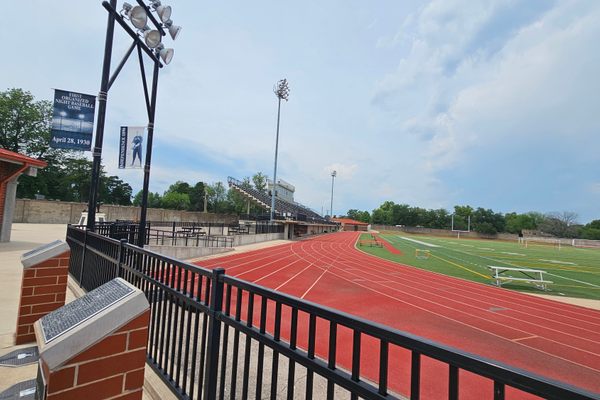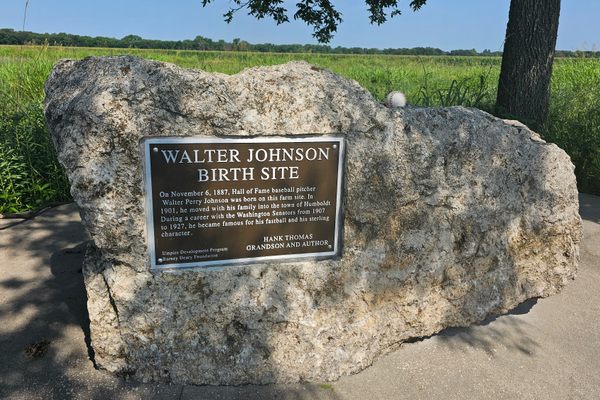About
It must be hard to catch a fly ball during the rainy season in Panama. As big as it is, the white softball blends in with the light gray clouds that linger over the field, scarcely interrupted by the rays of the tropical sun.
At Parque Urraca, shouts of “safe, out, ball and strike” ring out from the diaphragms of players who have congregated to enjoy their Sunday afternoon playing one of Panama’s most beloved pastimes.
Though an American game, this diamond has a culture all its own. Surrounding the dirt and gravel infield is a lead fence, rusted orange in the spots most exposed to the rain. Young boys imitate the batting stances of their fathers on the deteriorating blue wooden bleachers that surround the fence.
The boys are not the only spectators. In the outfield birds nibble at the lunch leftovers of the construction workers who spend their days here restoring the park’s water pipes. The right fielder must be the most athletic of the defense as catching a ball in his area of the field requires navigating the giant holes, orange cones, yellow caution tape, porter potties and metal tubes of the construction zone.
Dotting the first and third base lines are palm trees, a reminder that the Pacific Ocean rests only a half mile from the edge of the outfield. The gringos that traverse the sidewalks around the field have a decent enough view of the action, but the best views are from the upper-most rooms of the magnificent gold and black high-rises that stand at the edge of the third base line.
When the tropical humidity becomes too much, the men call it quits and flock to the sandwich shop across the street from the first base line. The winning team places their orders first.
Related Tags
Community Contributors
Added By
Published
June 12, 2015













































